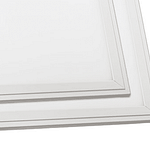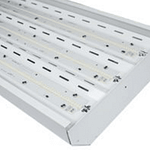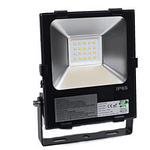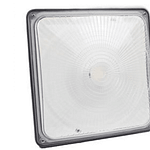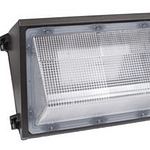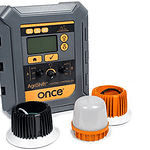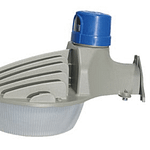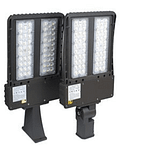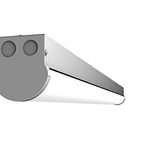COMMONLY ASKED QUeStIONS
We've Got the Answers For you
Our LED ZONE is designed to provide our registered Electrical Contractor’s with the latest LED lighting information and tools to help enhance your project portfolio and profitability. We've answered the following questions for you so that you can always be in the know. Please contact you Sitler's Lighting Specialist for any other questions.
LED stands for light emitting diode.
Sitler’s LED Supplies LED products have a lifespan of 50,000 hours or more! Regular fluorescent lights only have a lifespan of 20,000 hours according to the Lighting Research Center. That means your LED lights will last over twice as long as traditional fluorescent lights!
Anywhere you see a light bulb, Sitler’s has a LED that can replace it! The range of LED products has rapidly grown since their inception in the 1960’s and can replace common house lights, fluorescent tubes, high bays, and floodlight fixtures in any and all businesses. There are even LED lights specifically created for poultry and swine livestock! Check out all the LED options we offer here!
There are numerous benefits to switching from fluorescent lights to LEDs in your home and business space including better light quality and brightness, longer light reach, instant turn on in any weather, longer lifespan, little to no heat production, and significantly less energy usage. Learn more about the benefits of switching to LEDs here!
LEDs are unmatched in the lighting industry today. Not only do they last 30,000 hours longer on average in comparison to fluorescent lights, they produce a brighter light and retain 70 percent of their lumens over the course of their life. No more dim and yellow lights!
Yes! Depending on what LED bulb you are looking to replace you can use the same incandescent dimmer installed for your previous lights. Other lights may need to have a magnetic low voltage dimmer installed.
Yes! Many utility and energy companies are offering rebates as incentive for their customers to make the switch to LED lights. However, LED rebates differ from company to company. Contact us today to learn more about rebates offered in your area!
Due to LEDs little to no heat production, they use less energy. Traditional fluorescent and incandescent bulbs not only use energy to produce light, but to also create heat, using much more energy over time than a LED bulb.
No. LEDs are made up of diodes, or a semiconductor light source. Yet you can find LED lights that look similar to traditional bulbs, such as single bulbs, high bays, floodlights and linear tubes.
Very much so. It’s not often a product is considered both green and able to save businesses money. LEDs are the exception. Due to their reduced energy usage, less fossil fuels are needed to fuel electricity in homes and businesses who take advantage of LED bulbs, saving people money while helping save the environment.
In simple terms, lumens are the way we measure the amount of light a LED bulb emits. The higher the lumen count, the more light that is emitted.
Color temperature describes the exact color of a light. Most white lights are not purely white and most fluorescent lights fade over time and produce a dim, yellow light. The higher the color temperature of a LED bulb, the whiter the color. A bulb with the color temperature of 5000K resembles sunlight, for example. A bulb with a color temperature of 7000K appears blue to the human eye.
If you’re a business owner open for 40 hours per week every week of the year, your LED lights will last 20+ years!




